
We are celebrating 15 years — and counting — of stories that are deeply researched and deeply felt, that build a historical record of what the city has been.
We are celebrating 15 years — and counting — of stories that are deeply researched and deeply felt, that build a historical record of what the city has been.
COUNTING VACANT SPACES
Hunter College’s Center for Community Development Planning and advocacy group Picture the Homeless (PTH) are the first in the city to begin to document and quantify the number of vacant properties in a study to understand vacancy in the Bronx. The study is hoped to bolster legislation aimed at converting usable vacant or abandoned property into affordable housing for the homeless. PTH’s platform centers on the argument that vacancy inflates the cost of housing in the city and is a root cause of homelessness. Preliminary findings are available on VacantNYC, a map with over 11,000 vacant buildings and lots citywide. See more on the topic in coverage from Boogiedowner and the NY Daily News.
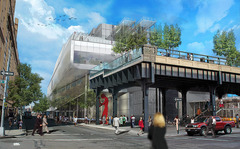
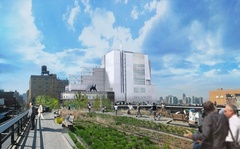
Artist Rendering of new Whitney Museum | Images by Renzo Piano Building Workshop with Cooper, Robertson & Partners
THE WHITNEY’S NEW HOME
Following last week’s groundbreaking at the Whitney Museum’s future downtown location, New York Magazine’s architecture critic Justin Davidson castigated the museum for what he considers a “monumentally lost opportunity.” The new museum space was designed by acclaimed architect Renzo Piano, whom Davidson accused of capping the High Line “with a pale, metal-clad tower, interlocked with a stack of horizontal blocks that step back in the manner of a clunky cruise ship.” The museum is set to open in 2015. To decide on the design for yourself see it in detail here, and to read more of Davidson on Piano, see the full New York Magazine story.
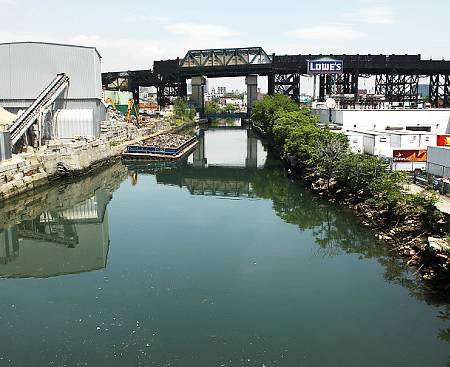
Gowanus Canal | Image via the New York Daily News
GUNKY GOWANUS
In the latest on the Gowanus Canal cleanup, the New York Post and the New York Daily News reported that two sites readied for development around the Canal for the City’s $300 million “Gowanus Green” housing project still contain toxic contaminants even after a state-monitored clean-up effort seven years ago. One of the largest sources of pollution currently sits under the Lowe’s Home Improvement store, where a black, tarlike substance was found deep in the ground and is still polluting the Canal. Black gunk and yellow liquid containing cancer-causing PAH’s (poly-aromatic hydrocarbons) were discovered recently in the area where Toll Brothers, a development company, had planned an enormous condo project (which they subsequently abandoned following the site’s Superfund designation). The presence of such highly toxic chemicals has alarmed the EPA and raised eyebrows around the effectiveness of the Superfund site’s original clean-up. To read more, see the New York Daily News coverage.
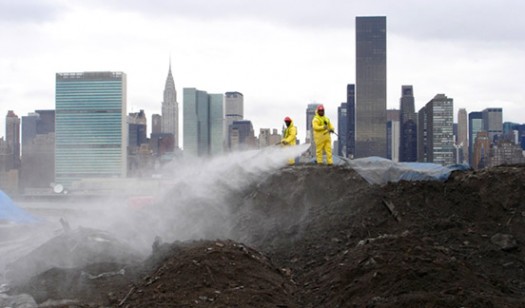
Brownfield Remediation | Image via Omi Industries
GENTRIFYING BROWNFIELDS
CUNY Professor Melissa Checker analyzed the city’s new brownfield redevelopment program in a recent piece for Gotham Gazette, noting development trends in former brownfields geared toward high-income residents and tourists. Brownfields are common in our city (we have an estimated 7,000 acres according to PlaNYC) and are typically characterized by vacant sites contaminated with toxic chemicals such as old gas stations, factories and dry cleaners. Brownfields have historically been avoided by developers due to liability concerns and costly remediation. Up until recently, the City relied on federal and state tax credits to deal with brownfields, classically awarded to higher-income neighborhoods and not to smaller-scale organizations who lack resources to deal with hefty remediation costs. The City’s new Brownfield Cleanup Program (BCP), launched in August 2010, will provide $10 million to remediate brownfields in the city by subsidizing developers’ clean-up costs. The program rewards development in lower-income neighborhoods, which risks gentrifying neighborhoods without public planning processes in place, since generally no community board approval is necessary. To read her full take on brownfields, see Checker’s piece here.
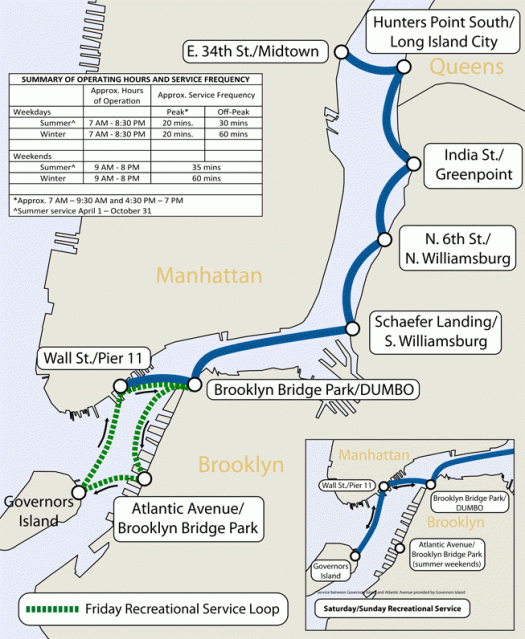
East River Ferry Map | via NY Waterways
EAST RIVER FERRY LAUNCH
The new East River Ferry service will launch on June 13th and, for the first 12 days, the ride is free! After June 25th, the ferry will cost $4 one way, $12 for an unlimited day pass and $140 for an unlimited monthly, as reported by DNAinfo. This much anticipated ferry service is seen as a sustainable, if costly, pilot project for alternative transportation in New York. The ferry line will begin in Long Island City, stop at 34th Street in Manhattan, and make stops in Greenpoint, North Williamsburg, South Williamsburg and DUMBO, ending at Pier 11, just north of the South Street Seaport in Manhattan. In the summer months, ferries will also make stops at Atlantic Avenue (Brooklyn) and Governors Island. Although service is expected every half hour, ferries stop running at 8:30pm on weekends and 9pm on weeknights. The fare cost is subsidized for riders by the City, but will not be a part of the MTA’s fare system. Check out the official East River Ferry Site for full schedules.
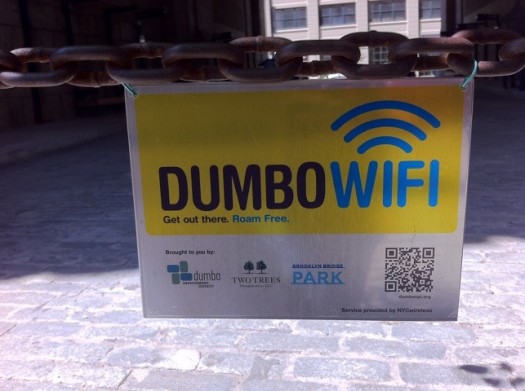
Image via NYCwireless
DUMBO’S FREE WiFi
Following the goals outlined in the newly unveiled Roadmap for the Digital City, a developer and non-profit partnership will be providing DUMBO with free, unlimited WiFi. The new network is financed by a developer and is first in the city that offers free wireless, which will be available outdoors between the Manhattan and Brooklyn Bridges. The Dumbo Improvement District collaborated with Two Trees Management Company, a real estate developer in the area, to offer the service as an amenity to attract residents. The neighborhood is currently host to a number of tech start-ups and is an example of what may be in store for the rest of the city.
ANTI-OBESITY BUILDING
The New York Times covered a new eight-story, 63-unit co-op in the Bronx, called ‘The Melody,” which incorporates active living into the design of the building. Host to several anti-obesity design features, the building includes outdoor space with exercise equipment, a naturally-lit gym and signage posted next to strategic, art-lined, music-filled staircases, reading: “A person’s health can be judged by which they take two of at a time, pills or stairs.” The Melody is the first development project to incorporate the City’s Active Design Guidelines, covered in depth in a UO piece by Samir Shah.
EVENT
Our friends at SUPERFRONT Brooklyn invite young designers to develop a temporary installation for SUPERFRONT PUBLIC SUMMER, a design charette to create public space for local performers, non-profits, community groups and other civic-minded groups in formerly industrial space in Industry City. Jurors Vito Acconci (Acconci Studio), K8 Hardy, Mitchell Joachim (Terreform ONE), Olympia Kazi (Van Alen Institute), and Ada Tolla (LOT-EK) will be judging the designs created for Industry City in Sunset Park. The charrette will take place on June 11th, from 2 – 5pm, at 55 33rd Street, 2nd Floor, Brooklyn. Click here for tickets, and to read up on SUPERFRONT, check out the UO piece on them here.
.
The Roundup keeps you up to date with topics we’ve featured and other things we think are worth knowing about.
The views expressed here are those of the authors only and do not reflect the position of The Architectural League of New York.